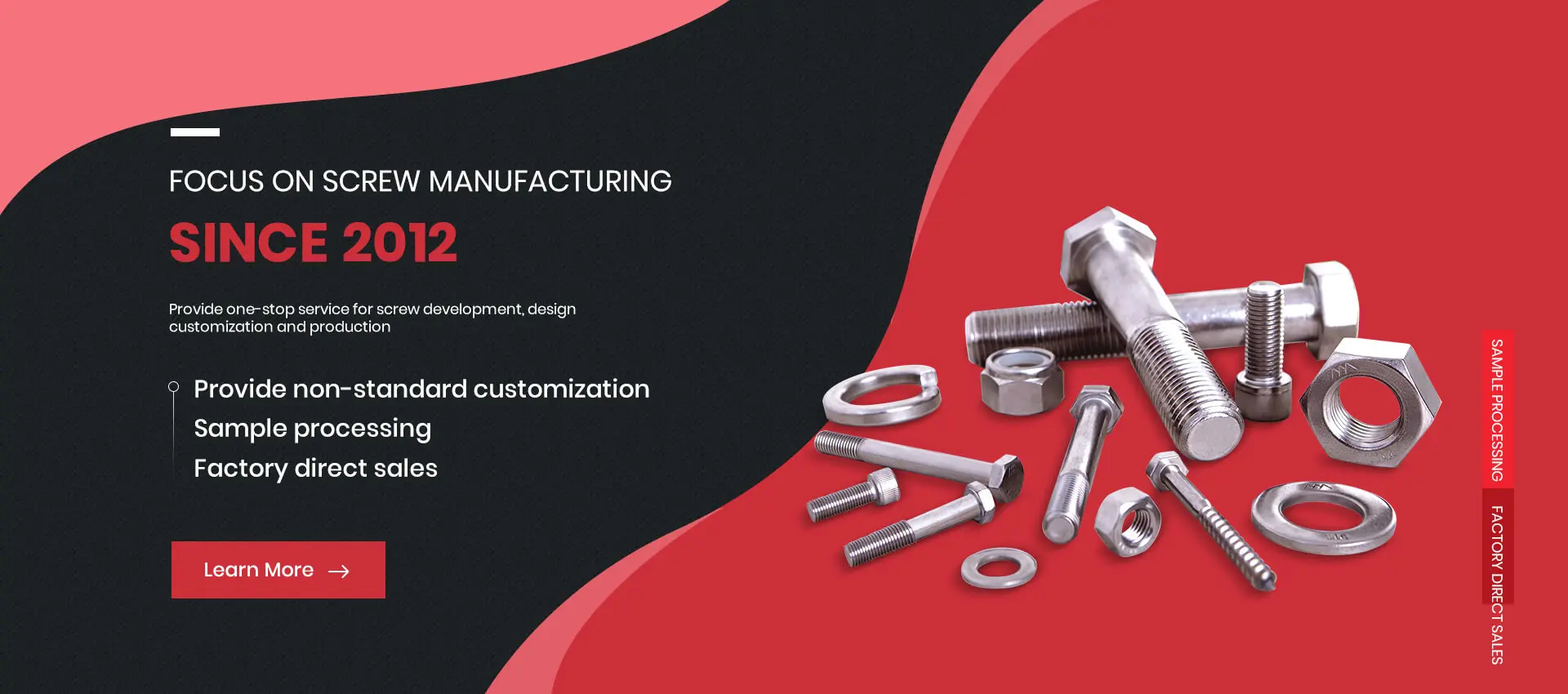Understanding Self-Tapping and Self-Drilling Screws: Key Differences and Applications
Introduction
When it comes to fasteners, both self-tapping and self-drilling screws serve vital roles in construction and manufacturing. While they share some similarities, these two types of screws differ in design, application, and performance. Knowing the distinctions between them will help you choose the best option for your specific needs.
Â
Key Distinctions Between Self-Tapping and Self-Drilling Screws
Â
Design and Appearance:
- Self-Drilling Screws: These screws are equipped with a drill-like tip, commonly referred to as a "flute," which helps them cut through harder materials like steel. This sharp tip allows them to pierce through surfaces without requiring prior drilling.
- Self-Tapping Screws: Unlike self-drilling screws, these lack a drill bit at the tip. Instead, their tips are pointed but smooth, making them suitable for softer materials such as wood or plastic. Their threading starts smoothly and gradually deepens as the screw is tightened.
Applications:
- Self-Tapping Screws: Ideal for non-metallic or softer metallic materials, these screws are great for projects involving wood, drywall, or plastic. They form their own threads in softer materials, eliminating the need for pre-drilled holes.
- Self-Drilling Screws: Designed for tougher materials, especially thin steel sheets, these screws excel in industrial settings where durability and strength are critical. They're frequently used in constructing metal frameworks, HVAC systems, and roofing.
Method of Use:
- Self-Tapping Screws: Require a pre-drilled hole before installation. This step is essential to prevent the screw from stripping or damaging the material. Once the hole is ready, the screw can be easily inserted using a manual screwdriver or a power drill.
- Self-Drilling Screws: Can be directly driven into materials like steel or wood without needing a pre-drilled hole. The drill-like tip cuts through the material as the screw is installed, creating its own path.
Â
A Closer Look: Self-Drilling Screws vs. Self-Tapping Screws
Self-Drilling Screws: Also known as Tek screws, these are specifically designed with a drill bit at the tip, enabling them to bore their way into tough materials. Available in various head styles—such as pan head, flat head, and hex washer head—they are perfect for connecting metal to metal or metal to wood. Due to their self-drilling capability, they are extensively used in construction and industrial applications.

Self-Tapping Screws: These screws are engineered to cut their own threads as they are driven into a material. They work exceptionally well with softer materials such as wood, plastic, or thin metal sheets. Self-tapping screws eliminate the need for nuts and can quickly create their own internal threads, making them convenient for rapid assembly and repairs.

Â
Practical Usage and Care for Self-Tapping and Self-Drilling Screws
Self-Tapping Screws Features:
- Versatility: Self-tapping screws are versatile and can join thin materials effectively. With a penetration depth typically not exceeding 0.24 inches (6mm) and a maximum of 0.47 inches (12mm), they are often used outdoors thanks to their corrosion-resistant properties. Rubber washers provide additional water-tightness.
- Ease of Use: These screws combine drilling, tapping, fastening, and locking in one operation, making them ideal for woodwork. They are simple to install and require minimal effort.
- Size and Classification: Measured by diameter gauge, thread count per inch, and length, self-tapping screws are available in different gauges, including 10 and 12. A diameter gauge of 10 corresponds to 0.19 inches (4.87mm), while 12 corresponds to 0.21 inches (5.43mm). The thread count impacts the screw's drilling capacity.
Â
Installation Guide for Stainless Steel Self-Drilling Screws
- Tool Selection: A 600W power drill is recommended for optimal performance. Adjust the positioning guide to ensure precise drilling. The speed should vary depending on the screw size: 1800-2500 RPM for sizes 6# to 10#, and 1000-1500 RPM for sizes 12# to 14#.
- Installation Steps: Ensure the drill is perpendicular to the surface of the material, apply steady pressure, and stop drilling once the screw is fully seated to avoid over-drilling.
- Tips for Power Drills: Use the positioning control device to prevent over-driving screws, which can lead to head or screw breakage and improper connections.
Â
Maintenance Tips for Special Screws
- Debris Removal: After heat treatment, screws must be thoroughly cleaned with silicate and rinsed to remove any residues.
- Damage Prevention: Post-heat treatment, screws may show signs of discoloration or oily residues, indicating improper surface cleaning. This can occur if they were improperly stacked during quenching, leading to slight oxidation.
- Surface Cleaning: High-strength screws should undergo acid cleaning followed by a thorough rinse to prevent white residues, often phosphates, from forming on the screws.
Â

Conclusion
Selecting the correct type of screw, whether self-tapping or self-drilling, is essential for ensuring stability and efficiency in fastening tasks. By understanding their differences, applications, and maintenance requirements, you can achieve optimal results for your projects.
For those seeking high-quality self-drilling screws, AOZHAN provides a wide range of options tailored to meet specific needs. Contact us today for more information or to place an order.
Remember, while self-tapping and self-drilling screws might seem similar at first glance, their unique features make them suitable for different scenarios. Whether you're working on a wooden frame or installing metal roofing, choosing the right screw can save time, effort, and resources. Always consider the material you're working with and the demands of your project before deciding which screw is best suited for the job.
By following proper installation techniques and maintaining your screws appropriately, you'll ensure long-lasting connections and durable structures. Whether you're a professional contractor or a DIY enthusiast, having the right tools and knowledge will always pay off in the end.
So, next time you're embarking on a new project, take a moment to evaluate the type of screws you'll need. Investing in quality fasteners and understanding their applications will contribute significantly to the success of your project. Happy building!
Solar Bollard Light,Solar Powered Bollard Lights,Solar Bollard Lights Outdoor,Solar Lights Bollards
Ningbo Royalux Lighting Co., Ltd. , https://www.royaluxlite.com